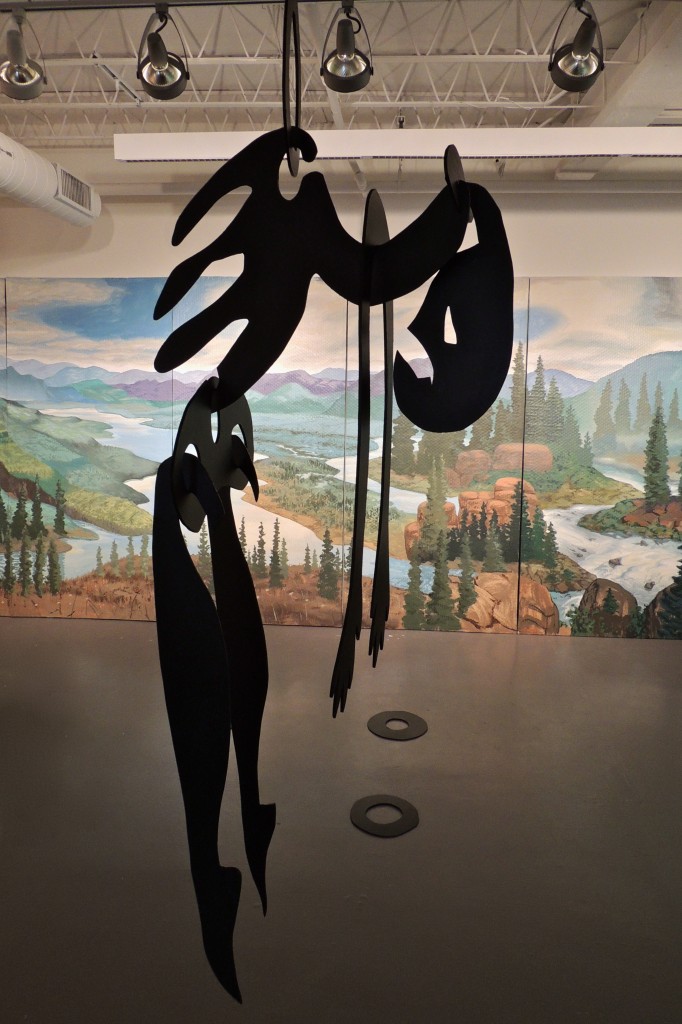fearsome fable/tolerable truth
Hyde Park Art Center, Chicago, IL
January 20 – April 28, 2013
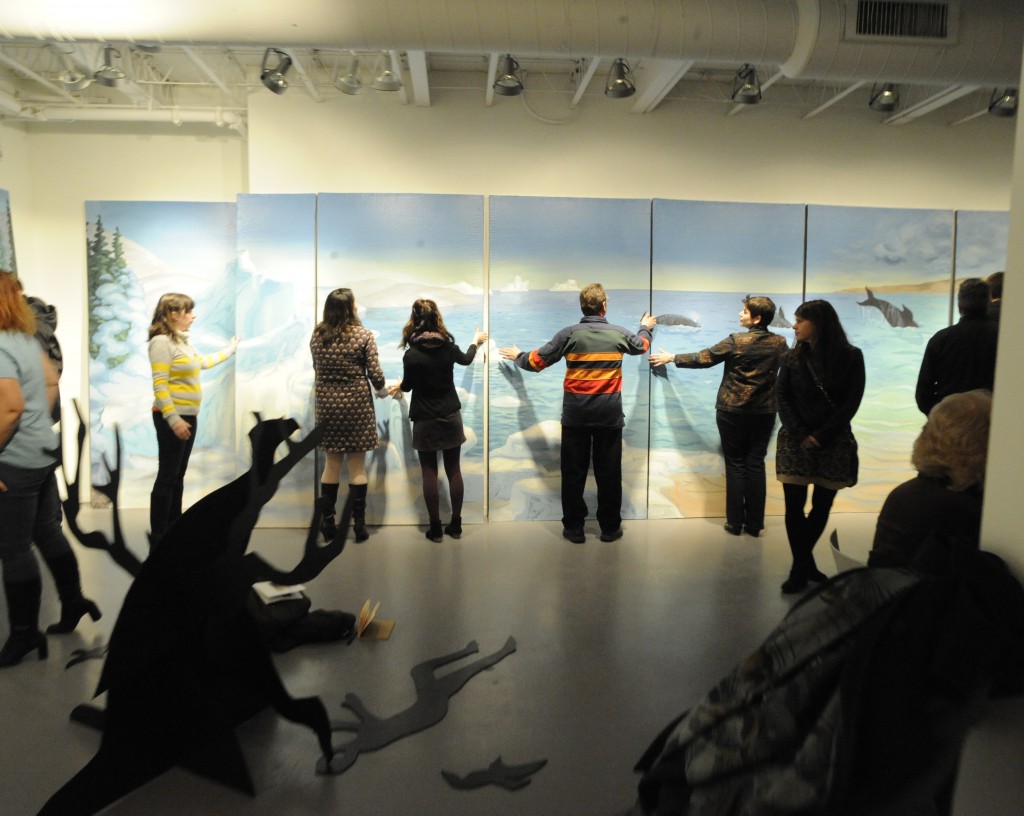
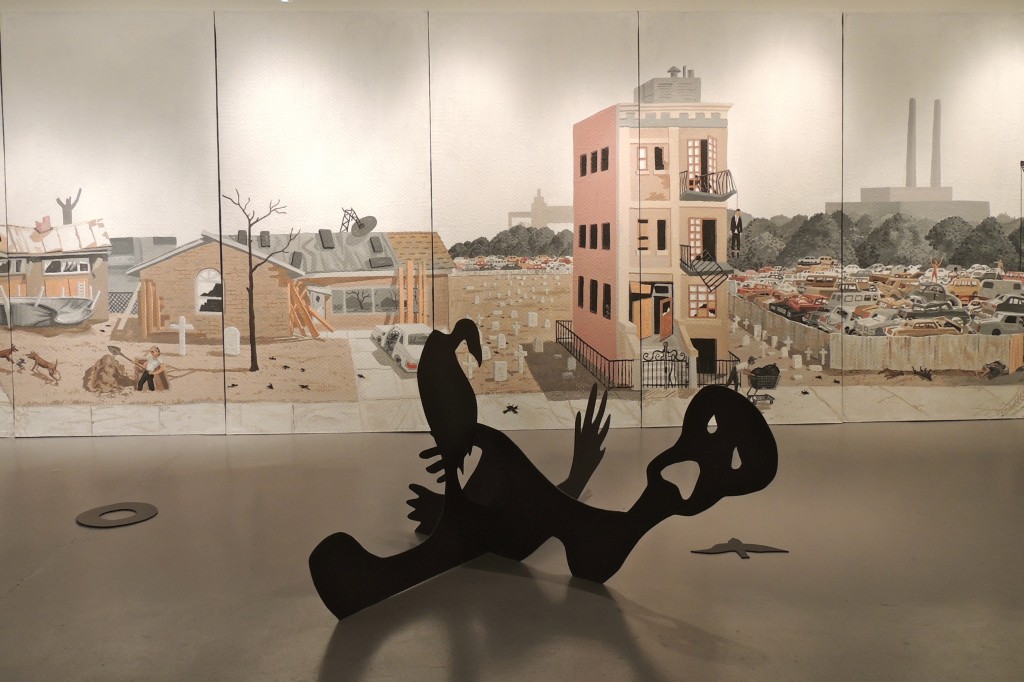
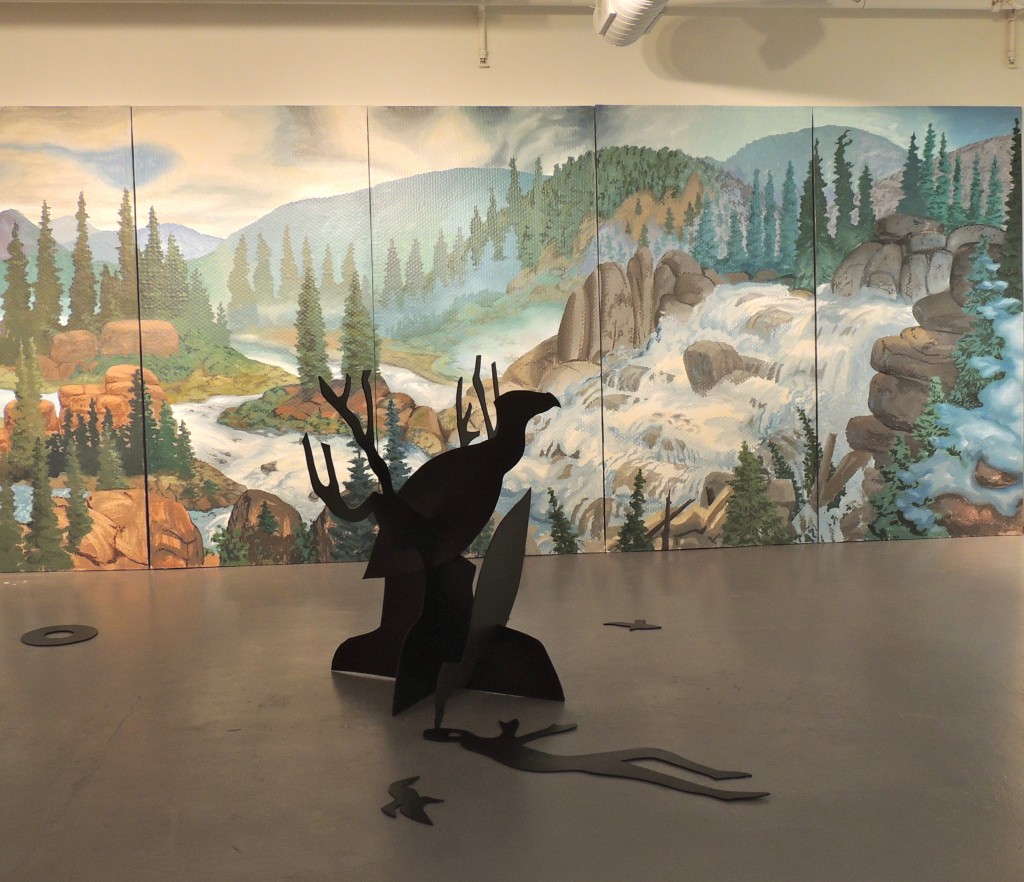
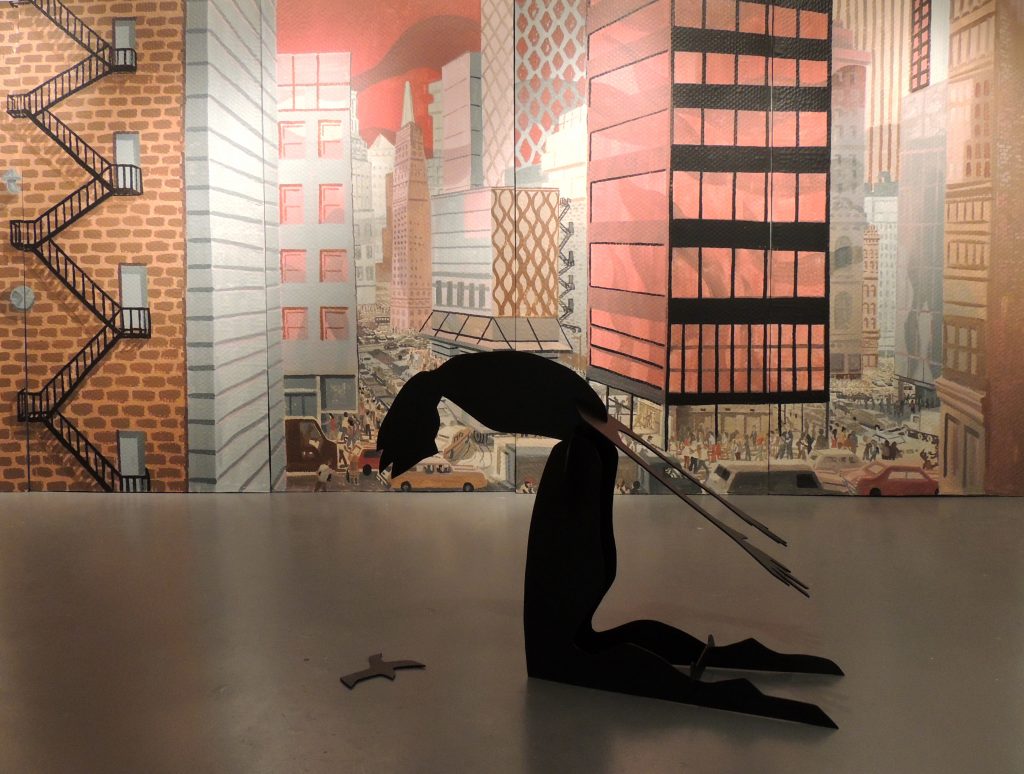
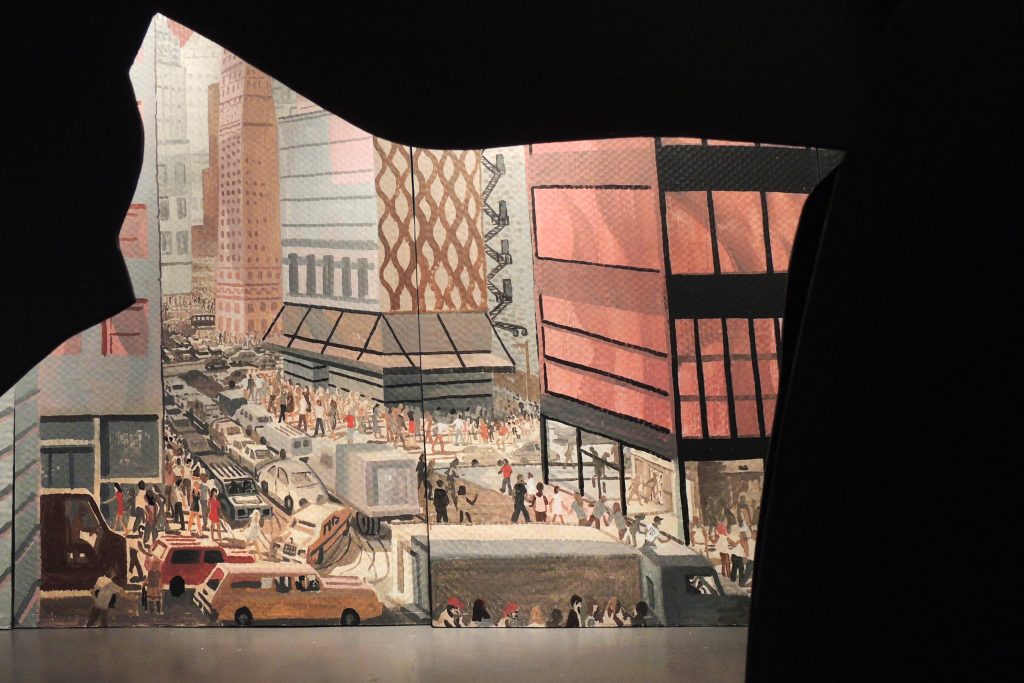
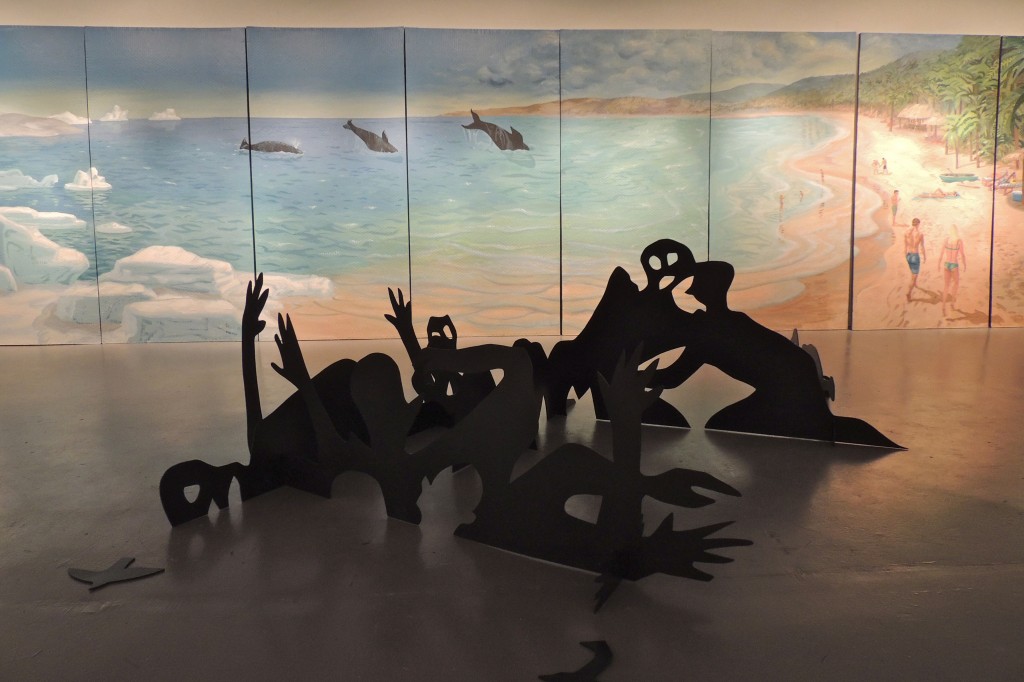
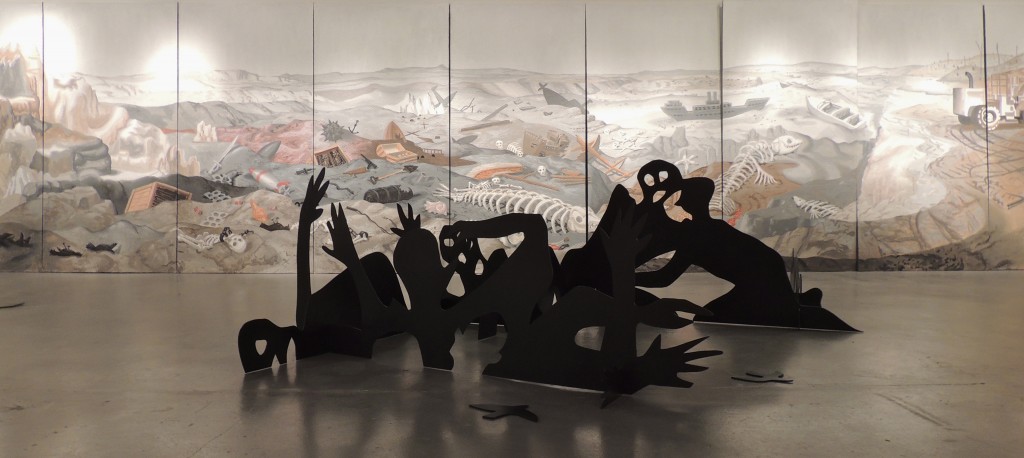
Tom Torluemke, in a wizardry of paint and canvas, has conjured into
existence the spirit of the beginning of contemporary art.
When Francisco Goya’s series of 80 etchings titled “The Disasters of War”
was finally published in 1863, 35 years after his death, it changed art
forever. It was the birth of Modernism and the start of representational
realism. The etchings expressed Goya’s rage at the Napoleonic troops which
invaded Spain in 1808. Spanish rebels were impaled on trees or trussed up
and hung with limbs and heads chopped off by the French. In one melee with
French soldiers a Spanish woman drives a spear through the midriff of a
soldier while holding a child under her other arm. Over the course of the
80 etchings, the tone changes from action to landscapes of the dead and
dying. The difference in the attitude of Goya’s etchings from what went before
is especially striking knowing that the French had sent painters with the
troops to record the glories of war and battles.
Torluemke’s blasted landscapes, junkyards, dilapidated buildings, and
especially the black cut-out bodies remind me of Goya, despite the
difference in presentation. Goya depicted his atrocities without
background, with little that is identifiable as context. In contrast, Tom
Torluemke provides ample context. We are presented with a vast panorama of
desolate mountains, smokestacks, and distant wrecked buildings as
background. Aquatic scenes have the look of 19th-century dioramas from a
natural history text, or alternately the bottom of an aquarium full of
guppies. The imagery is rendered in Torluemke’s signature pastels. It is a
landscape that frightens by its content, but not by its mood, which
remains cheerful in the face of the devastation. It is not the form, then,
but Torluemke’s content — set against the currency of popular imagery —
that is reminiscent of Goya’s work.
These paintings are like WPA murals — but in style only, not in content.
Here there are no celebrations of the glories of an industry that would
rescue us. Instead, we see the smokestacks of industry spewing pollutants,
the junkyards of vehicles that go unreclamated, and the graveyards
spreading like a badly tended field of corn.
On the reverse sides of the painted panels, the wrecked landscapes and
cemeteries have been replaced by more benign scenes of windfarms and
swaths of grass. Tom claims to illustrate the turnaround which could make
the world a paradise. The viewers can turn the panels to symbolically
invoke this view of the future.
Only end results are shown, not the means of destruction nor the powers of
regeneration. The pastel colors might be appropriate, for both the utopia
and the dystopia are fantasies, and I think purposely so. There probably
are no solutions leading to a bright future, just as there is no direct
causality for a wasted world. People will continue to walk a path between
these extremes. And the world will be this, just as it always has been —
part paradisiacal, part devastation.
The most frightening aspect of Torluemke’s installation, however, is the
outlines of the black figures strewn about in front of the scenes of
utopia and dystopia, complete with vultures waiting for an opportunity.
The figures and vultures bring to mind another Spanish incident, 400 years
earlier, during another swing of the world from order to chaos. In 1532,
just prior to his capture by the Spanish mercenary Pizarro, Atahualpa, one
of the claimants to the imperial throne of the Incas, had ordered the
elimination of his rival’s sons. All seventy were staked to the ground and
left for crows to tear out their eyes and vultures to rip open their
bellies and eat them alive.
– Jno Cook
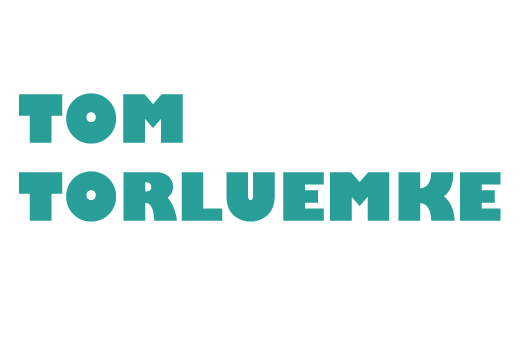 tomtorluemke.com
tomtorluemke.com